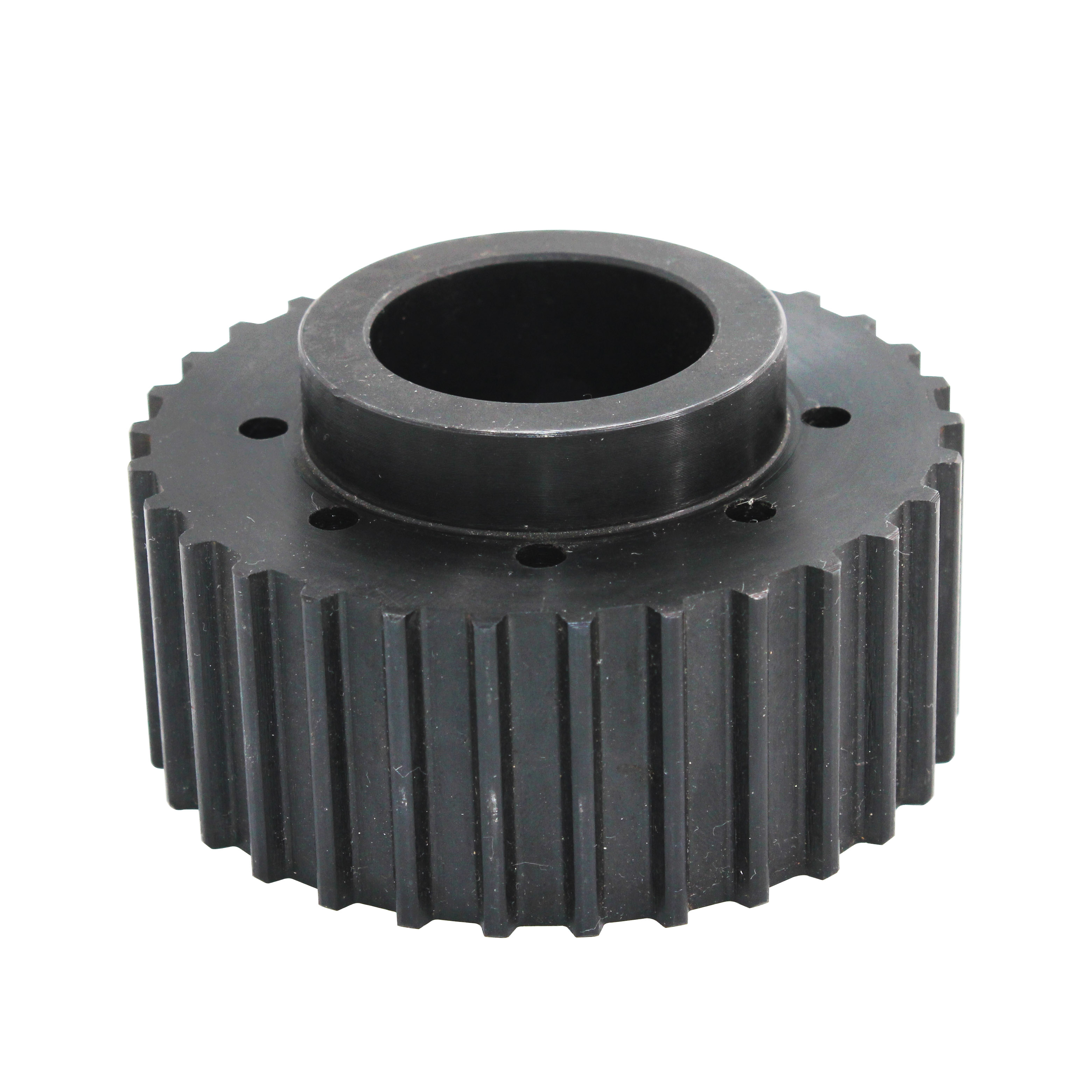drag chain size chart
Understanding Drag Chain Size Chart A Comprehensive Guide
In modern machinery and automation, the proper management of cables and hoses is vital for ensuring efficiency and safety. One of the most effective solutions for this purpose is the drag chain, also known as cable carriers or energy chains. These systems help guide and protect flexible cables and hoses, preventing tangling, abrasion, and mechanical damage during operation. However, to select the right drag chain for your application, understanding the drag chain size chart is crucial.
What is a Drag Chain?
A drag chain serves as a conduit for moving cables and hoses in various industrial environments. These chains are designed to carry and manage cables in machinery such as CNC machines, robotics, and automated assembly lines. They help maintain a tidy workspace, reduce wear and tear on cables and hoses, and minimize the risk of accidents caused by exposed wiring.
Why is the Drag Chain Size Chart Important?
The drag chain size chart provides essential information regarding the dimensions and specifications of drag chains
. By consulting this chart, engineers and technicians can accurately determine the right size of the drag chain required for their specific application. Factors such as the diameter of the cables or hoses, the length of travel, and the weight of the components being supported must all be taken into account when selecting the appropriate drag chain.Key Factors to Consider in the Drag Chain Size Chart
1. Inner Width and Height The inner dimensions of the drag chain are critical. The inner width must accommodate the maximum diameter of the cables and hoses, while the inner height should allow enough space for bending and movement. Using a drag chain that is too small can lead to pinched cables and reduced cable life.
drag chain size chart

2. Outer Dimensions Understanding the outer dimensions of the drag chain is important for installation. The outer width and height impact the space available for installation, especially in compact areas where machinery is densely packed.
3. Bending Radius Each drag chain comes with a specified minimum bending radius. This radius determines how tightly the cables can bend within the chain without damaging them. Adhering to these specifications ensures optimal performance and longevity.
4. Weight Capacity Every drag chain has a maximum load capacity. It is crucial to choose a drag chain that can support the total weight of the cables or hoses it will carry. Exceeding this limit can lead to chain failure or cable damage.
5. Travel Length The length of the drag chain should also be considered based on the distance the cables need to travel. It should allow for some extra length to accommodate movements without straining the cables or the chain itself.
Making the Right Selection
To effectively select the right drag chain, one should begin by reviewing the drag chain size chart. Identify the necessary specifications such as the dimensions of your cables, their required bending radius, and the weight they will add to the chain. Cross-referencing this information with the size chart will help you find a suitable drag chain model.
Conclusion
Using a drag chain is essential for protecting and organizing cables and hoses in any moving application. Understanding the drag chain size chart provides the vital information needed to make an informed choice. By considering factors such as inner and outer dimensions, bending radius, weight capacity, and travel length, you can ensure the longevity and efficiency of your cable management system. Ultimately, investing time in selecting the right drag chain will lead to increased productivity, reduced downtime, and enhanced safety in the workplace.








